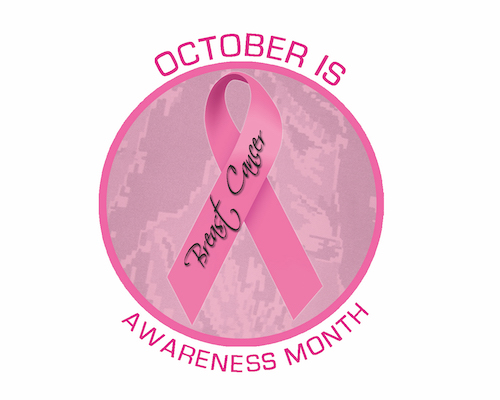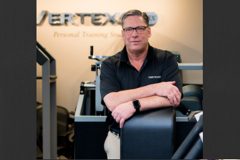Breast Cancer Early Detection–What You Need to Know
For October’s breast cancer awareness month, we’re going to talk about how women and men can detect this devastating disease early by being proactive with their health and taking some common-sense measures.
Breast cancer is more treatable and offers a better prognosis the earlier you catch it. Luckily, screening for breast cancer is something all women and men can do themselves at home, and is completely non-invasive. Performing regular self-breast exams and scheduling regular mammograms are key to early detection and treatment.
Don’t think that breast cancer detection is something that only women need to think about. A common myth about breast cancer is that only women or very obese men can be affected. This is not true. In fact, former Kiss drummer Peter Criss was diagnosed with breast cancer and opened up to Rolling Stone about his struggle. He urges men “Don’t sit around playing Mr. Tough Guy. Don’t say ‘It’s going to go away.’ It’s just important, just go get checked out. It’s not like you’re going to lose your manhood.”
Here are the steps to performing a thorough self-exam:
How to Perform a Breast Self Exam
Doctors recommend that you perform self breast exams once a month. Try coordinating it with other monthly events to help you remember; for example, on the first day of your cycle, or whenever you receive your fancy-cheese-of-the-month subscription box. The National Breast Cancer Foundation offers a guide on three different, easy ways to perform a breast self exam:
1. In the Shower
Using the pads of your fingers, move around your entire breast in a circular pattern moving from the outside to the center, checking the entire breast and armpit area. Check both breasts each month feeling for any lump, thickening, or hardened knot. Notice any changes and get lumps evaluated by your healthcare provider.
2. In Front of a Mirror
Visually inspect your breasts with your arms at your sides. Next, raise your arms high overhead.
Look for any changes in the contour, any swelling, or dimpling of the skin, or changes in the nipples. Next, rest your palms on your hips and press firmly to flex your chest muscles. Left and right breasts will not exactly match—few women’s breasts do, so look for any dimpling, puckering, or changes, particularly on one side.
3. Lying Down
When lying down, the breast tissue spreads out evenly along the chest wall. Place a pillow under your right shoulder and your right arm behind your head. Using your left hand, move the pads of your fingers around your right breast gently in small circular motions covering the entire breast area and armpit.
Use light, medium, and firm pressure. Squeeze the nipple; check for discharge and lumps. Repeat these steps for your left breast.
Self-exams are important because you’ll be able to know what’s normal for your body and what’s not. Self exams can help us to detect changes that might not be obvious during a yearly physical. If you do find something out of the ordinary, don’t panic–just call your doctor. The vast majority (8 out of 10) lumps turn out to be non-cancerous.
When Do You Need a Mammogram?
Self-exams are important, but regular screening with a mammogram is important too. A mammogram can detect the presence of cancer before you ever feel a lump, and early detection is important. Folks should start getting their first mammograms at about the age of 45, unless there is breast cancer in the immediate family; in that case, you should get a mammogram ten years before you reach the age of your family member when they were first diagnosed. For example, if your sister or mom was diagnosed with breast cancer when they were 46, you should get your first mammogram when you turn 36. Mammograms usually happen yearly between the ages of 45 to 55. A mammogram is a simple procedure that saves a lot of lives.
For Those Living with Breast Cancer, Exercise Can Help with Side Effects
Vertex Fitness partnered with Dr Paul Gilman, Medical Director at Lankenau Cancer Center in 2007 to perform a study on how exercise can help alleviate some of the side effects caused by breast cancer drugs. One of the drugs commonly prescribed to breast cancer patients to help them stay in remission causes a lot of joint pain, which means that many patients elect to go off the drug. Dr. Gilman wanted to see if a resistance training regimen could help alleviate the joint pain so that patients would stay on the drug longer, which would help them stay in remission. The following article was published in the October 2010 issue of Main Line Today Magazine, and talks abut the results of the pilot study and what’s next.
Being proactive about your health is important, and taking part in a strength training regimen is a great way to do that. Get in touch with one of our trainers to learn more.
Request a complimentary first session at Vertex Fitness, Voted the BEST Personal Training Studio on the Main Line
Click HERE and we will schedule a session to try it yourself
Complimentary First Workout Session








Leave a Comment